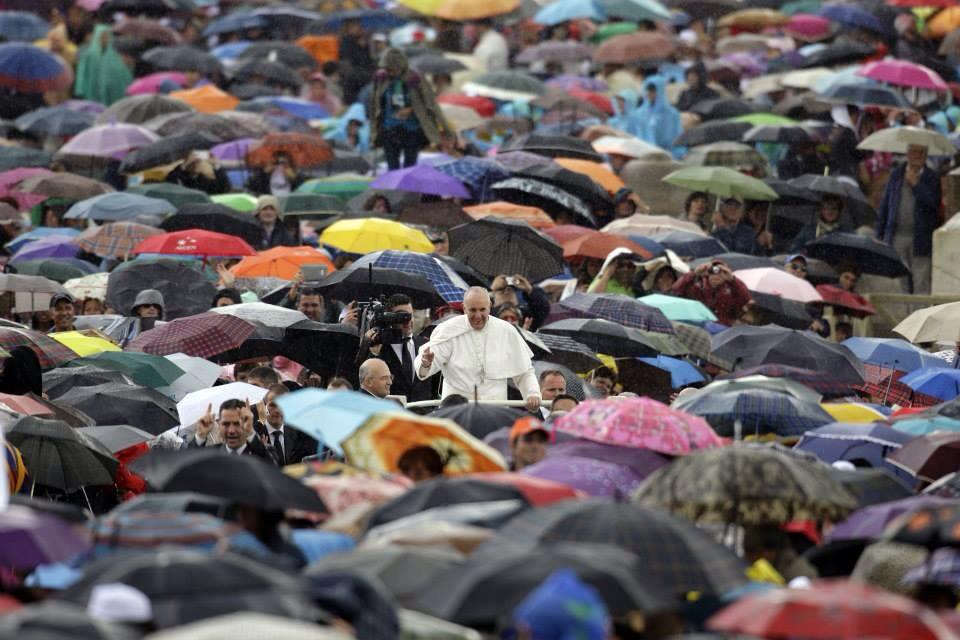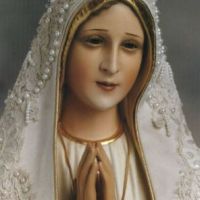A Mary Garden is a garden, filled with flowers, plants and trees named for Our Lady and Jesus, designed to be a place of beauty that reminds us of our Lord and our Lady, allows one to experience God’s creation, and invites prayer and contemplation. The practice of planting a Mary garden originated among monasteries and convents in medieval Europe.
St. Benedict had a rose garden (“rosary”) at his monastery in the 4th c., but the first garden we know of that was specifically dedicated to Mary was one created by the Irish St. Fiacre in the 7th c. The earliest record of a garden explicitly called a “Mary Garden” involves a “fifteenth century monastic accounting record of the purchase of plants “for S. Mary’s garden” by the sacristan of Norwich Priory, in England.”
Before the rise of Christendom, many flowers were associated with pagan deities — Diana, Juno, Venus, etc. — but when the “Age of Faith” ascended and superceded the pagan, these flowers were “christened” and re-dedicated to Christian themes. So many flowers were named for Jesus, Mary, the angels, holy places, etc. — enough such that you can create a garden focused on specific aspects of Mary and Jesus’ lives, such as His Passion or her sorrows. Enchanting names, like “Our Lady’s Tears” (spiderwort), “Christ’s-Cross Flower” (Summer phlox), “Joseph’s Coat” (Amaranthus), “Pentecost Rose” or “Mary’s Rose” (peony), and “Our Lady’s Mantle” (Morning Glory), abounded. Sadly, during the Protestant rebellion and the rise of secularism, many of these flowers were re-named yet again with more wordly names but, of course, these flowers still exist and to many Catholic gardeners, their religious names are still meaningful.
You can plant flowers whose names and form evoke the Fourteen Stations of the Cross or the Fifteen Mysteries of the Rosary so that by walking through your garden you not only enjoy its natural beauty, but practically “make the Stations” or “walk the Rosary,” turning your backyard , schoolyard, or churchyard into a holy shrine (especially when accented with beautiful statue).
If you don’t have lots of room, you can make mini-gardens on your patio or apartment’s balcony, or grow miniature plants in pots for inside your home (these would make nice gifts too). If you do have lots of room, especially if you live in the country, you could consider consider setting up a little roadside shrine and garden so people passing by can stop and rest at a beautiful sacred place.
When you plant your Mary Garden, let’s hope some of “Our Lady’s Birds” — ladybug
s,
named for Mary when, according to medieval legend, they miraculously came to save crops from aphids — come to protect your plants! The red color of the “Lady Beetle’s” body is symbolic of her red cloak, and the 7 black spots found on some species in Europe represent her 7 Sorrows. Ladybirds are almost universally considered symbols of “good luck” because of the benefits they bring to man. You might want to pray to St. Fiacre, patron of gardeners, for God to send some of these little insects your way… (http://www.fisheaters.com/marygardens.html)
If you would like more information about the flowers traditionally planted in a Mary garden, you’ll find further details on the common, scientific Medieval and/or religious meanings here, For step by step information on how to get started on your Mary garden, go here.
Take a look at my post about the Mary garden just planted at our parish. (Calling all gardeners, Catholic or otherwise …2)














































sonicsiesta
/ August 12, 2012love this idea…a place of faith and beauty
1catholicsalmon
/ August 12, 2012Glad you like it!!